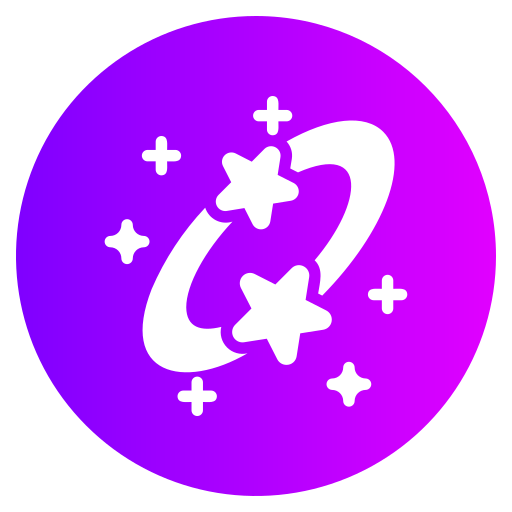Decoding Astrological Aspects in Your Chart
Astrology isn’t just about knowing your sun sign—there’s a whole world of cosmic influences that shape your personality and life path. One key aspect of this world is the various aspects between planets in your natal chart. These angles reveal how different parts of your chart interact and influence each other. Let’s delve into how to interpret these aspects and what they mean for you.
What Are Astrological Aspects?
In astrology, aspects are the angles formed between planets in your birth chart. These angles influence how the energies of the planets interact with each other, affecting your experiences and personality traits. Each aspect has a distinct meaning and impact.
Here’s a quick rundown of the major aspects you’ll encounter:
-
Conjunction (0°): When two planets are in the same sign and close together, their energies merge, often amplifying each other. For example, if your Sun and Moon are conjunct, you might have a strong sense of self and emotional harmony.
-
Sextile (60°): This aspect indicates a harmonious flow of energy between planets, suggesting opportunities and ease in areas of life represented by these planets. A Venus-Mars sextile, for instance, might enhance your charisma and romantic appeal.
-
Square (90°): When planets form a 90° angle, their energies can clash, leading to tension and challenges. A Sun-Saturn square might indicate struggles with self-discipline or authority but also offers a chance for growth through overcoming obstacles.
-
Trine (120°): This aspect represents a harmonious and beneficial relationship between planets, facilitating easy expression of their energies. A Jupiter-Moon trine could suggest emotional optimism and luck.
-
Opposition (180°): Planets in opposition are directly across from each other, indicating potential conflicts or balancing acts. An opposition between Venus and Neptune might create a push-pull dynamic in relationships, blending idealism with reality.
Understanding the Impact of Aspects
Each aspect reveals how the planets’ energies interact within your chart. Here’s a closer look at what these interactions mean:
Conjunctions: Merging Forces
Conjunctions signify a blending of energies that can be powerful and intense. When two planets are conjunct, their qualities combine, creating a concentrated area of influence. For instance, a conjunction between Mercury and Uranus might make you a forward-thinker, always looking for innovative ways to communicate.
Sextiles: Opportunities and Ease
Sextiles are generally favorable, indicating areas where things come easily and opportunities arise. These aspects suggest natural talents and supportive environments. For example, a sextile between the Moon and Neptune can enhance your intuition and creativity, making it easier to connect with others on a deep emotional level.
Squares: Challenges and Growth
Squares are about tension and conflict, but they also offer the potential for significant personal growth. These challenging aspects push you to address issues and work through difficulties. A square between Mars and Saturn might lead to frustrations in achieving goals, but also the drive to persist and eventually succeed.
Trines: Flow and Harmony
Trines are smooth and harmonious, representing areas where you experience natural flow and ease. This aspect can bring about talents and strengths that you might take for granted. For instance, a trine between Venus and Pluto could enhance your ability to form deep, transformative relationships.
Oppositions: Balance and Integration
Oppositions require you to balance opposing forces. These aspects highlight areas where you might face tension between different parts of your life or personality. An opposition between the Sun and Moon, for example, might indicate a need to reconcile your inner self with your outward persona, leading to greater self-awareness and balance.
How to Interpret Aspects in Your Chart
Interpreting aspects involves understanding how they interact within the context of your entire chart. Here’s how to approach it:
-
Look at the Planets Involved: Each planet represents different facets of your life and personality. Consider what each planet symbolizes and how their combination affects you.
-
Examine the Aspect Type: The nature of the aspect (conjunction, sextile, square, trine, or opposition) tells you whether the interaction is harmonious or challenging.
-
Contextualize with House Placements: Where these aspects fall in your chart’s houses adds another layer of meaning. For example, a trine between Jupiter and the Ascendant in the 1st house could enhance your self-confidence and outward expression.
-
Consider the Signs: The signs that the planets are in will color how the aspects are expressed. A conjunction between Mercury and Mars in Aries might manifest as energetic communication, while the same aspect in Libra could be more diplomatic.
By analyzing these elements, you gain a nuanced understanding of how planetary energies work together in your life, providing valuable insights into your personal development and experiences.
